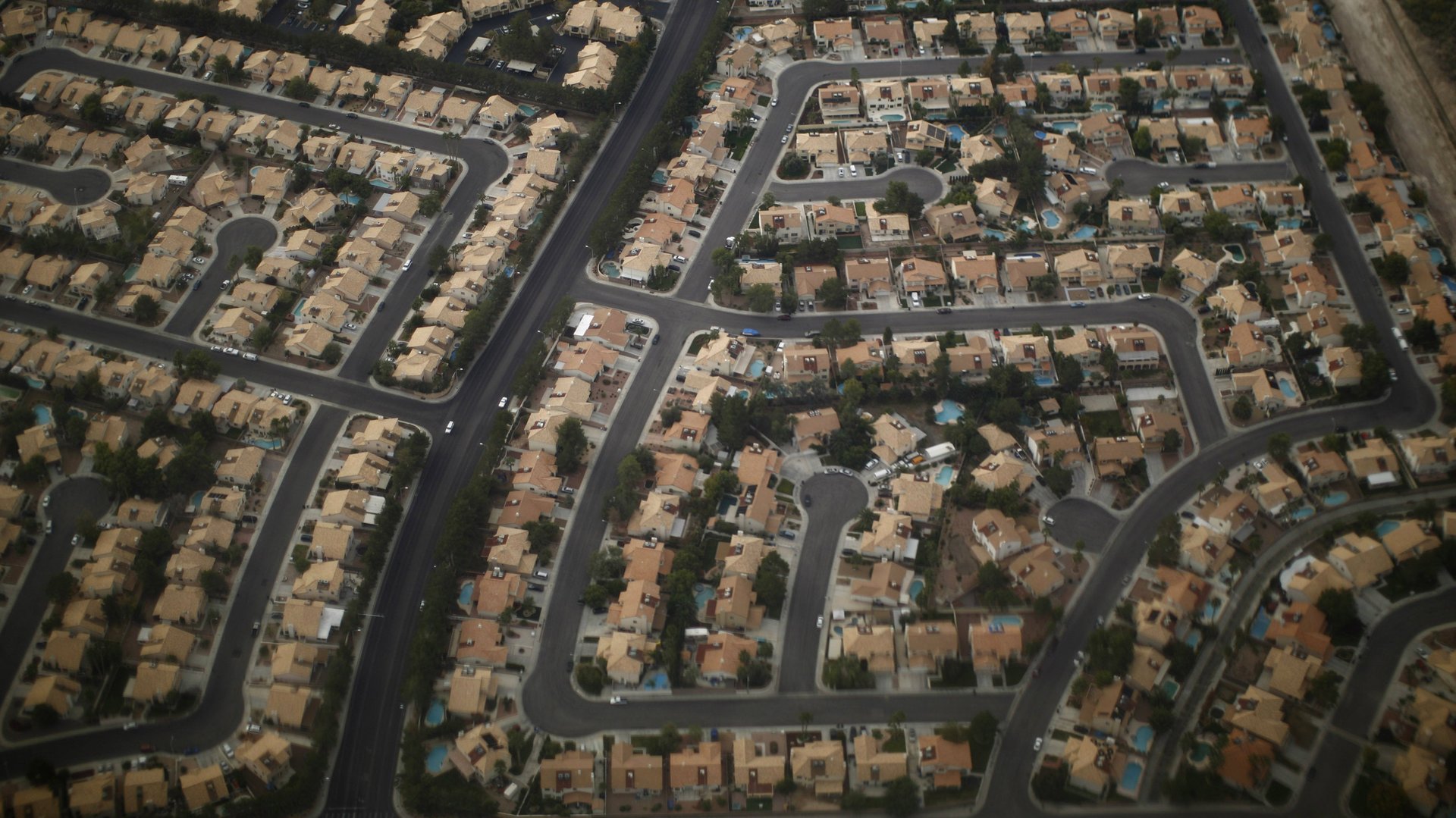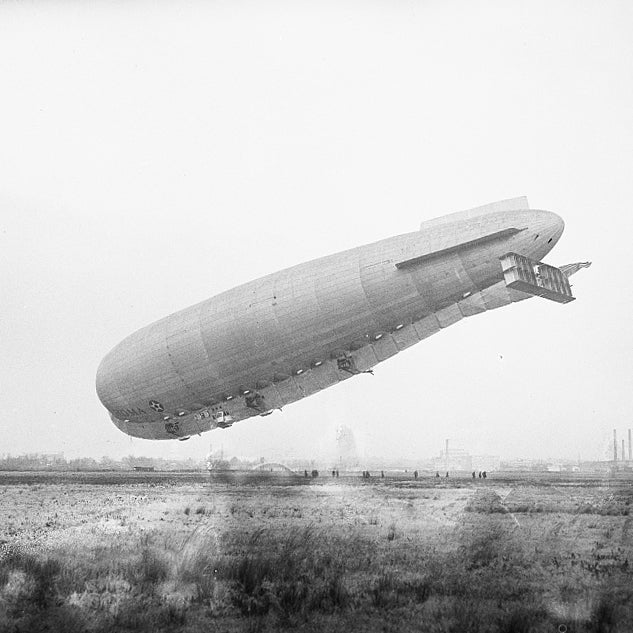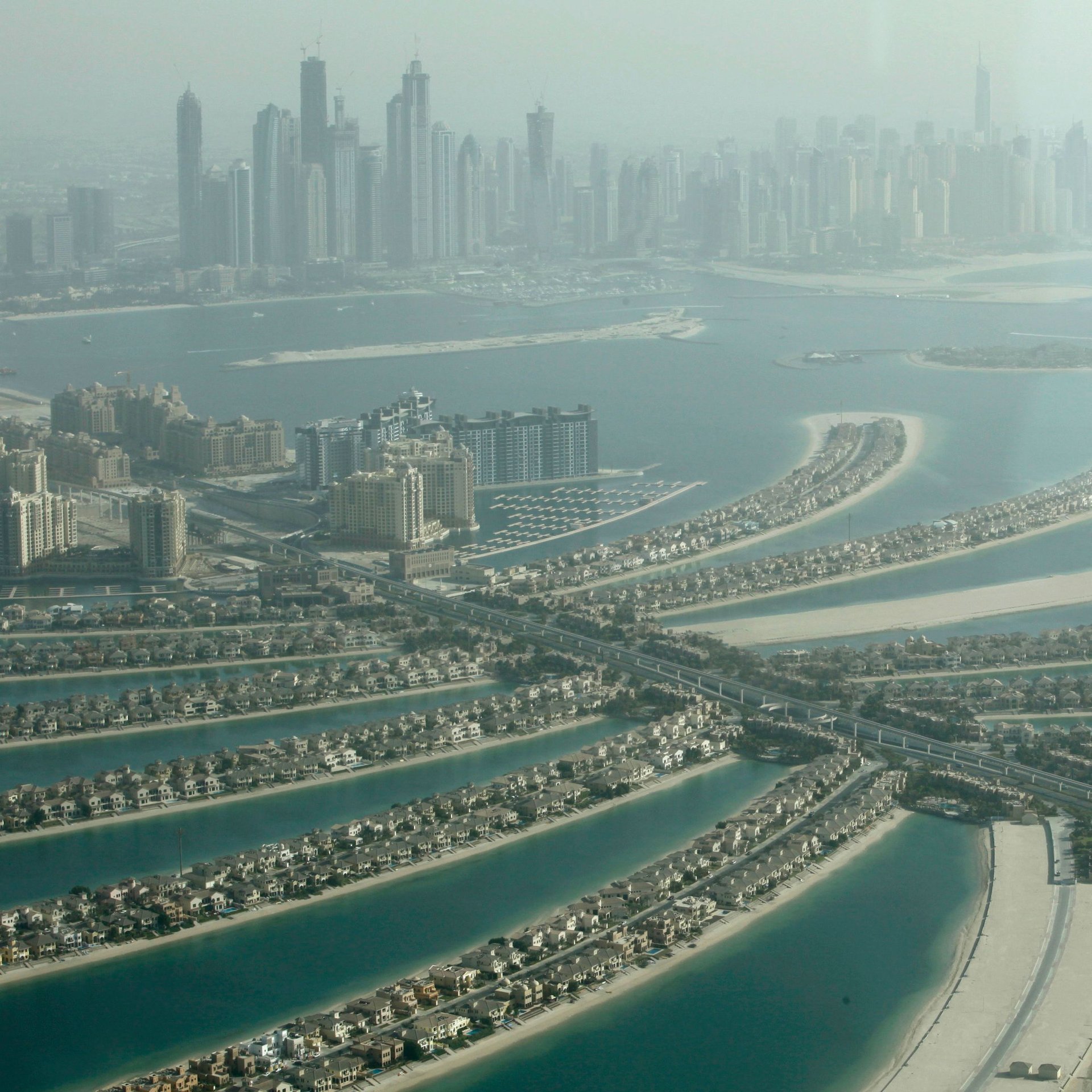Frank Lloyd Wright thought we’d be happier in suburbia, and other urban predictions from the past
From cities overcome by giant blimps to spiral underground escalators that solve traffic congestion, urban designers had some pretty fantastical ideas about the cities of the future. Some thought we’d quite literally live on top of each other in vertical towns thousands of feet in the sky, while others—including beloved architect Frank Lloyd Wright—thought sprawling suburbia was a safer bet, with just 2.5 people an acre.


From cities overcome by giant blimps to spiral underground escalators that solve traffic congestion, urban designers had some pretty fantastical ideas about the cities of the future. Some thought we’d quite literally live on top of each other in vertical towns thousands of feet in the sky, while others—including beloved architect Frank Lloyd Wright—thought sprawling suburbia was a safer bet, with just 2.5 people an acre.
As part of What Happens Next, our special project exploring the far-off future of the global economy, we looked at where and how the thinkers of the past thought we’d be living today. Their predictions remind us that the future is not as certain as we think.
1894 (for 1944) /
On the nose
A journalist for the Times of London proclaimed that in 50 years, “every street in London will be buried under nine feet of manure.” In the Great Horse Manure Crisis of 1894, some 50,000 horses were producing as much as 35 pounds of manure a day apiece. At the time, these stinking heaps of dung seemed an ever-present inevitability in cities, until the invention of the car replaced those pungent anxieties with fears about air pollution. In China, a sharp increase in car-related air pollution has brought with it millions more cases of lung cancer.
1924 / Radiant cities
In the mid 1920s, beloved Swiss-French architect Le Corbusier envisaged a total upheaval of the way cities were organized. His Ville Radieuse (or “Radiant City”) was radical, symmetrical, and highly standardized, with different parts of the city dedicated to particular tasks, like business, housing, and entertainment. Via his disciple Oscar Niemeyer, aspects of this city have been embraced by other towns around the world, including Chandigarh in India, New York City, and Brazil’s Brasilia.

1925 (for 1950) / Scraping the sky
A Popular Science mock-up of the city of the future suggested a town built vertically, rather than horizontally. Sky-high living quarters and playgrounds, trimmed with urban foliage, were piled on top of schools and office blocks. Underground, four levels of transportation were linked to curving spiral escalators in an attempt to “solve congestion problems.” While nothing on this scale has been built yet, space-strapped cities like Singapore have made plants in the sky a priority, and spiral escalators do exist (though they’re not the most efficient form of transport). More distant are wholly vertical cities, though Dubai’s mega-skyscraper Burj Khalifa has often been described as one. What’s more, Elon Musk’s proposed Boring Co. may make underground living a bit more feasible—if it gets off (or under) the ground.

1931
(for 2031) /
Bright lights, blimp city
Francis Keally, the architect of the Brooklyn Public Library, was convinced that modern life would be dominated by blimp travel. To make it easier for these vehicles to “spread out over great areas like monstrous eagles,” he thought that most skyscrapers would be razed to the ground, and two-thirds of the city’s flat-topped, low-rise buildings would be used as landing areas. The high-rises that remained would serve as mooring masts for these giant dirigibles. However, when the Hindenburg airship went up in flames six years later, it put an end to this lofty concept and the cities that would support it.
1932 / Sweeping suburbia
Architect Frank Lloyd Wright felt the future of cities lay in sweeping suburbia, with a population density of just 2.5 people to each acre. Wright believed people need space to be individuals, and that to honor the “dignity and worth of the individual,” you have to give them a bit of breathing room. Broadacre City, as the project became known, was an anti-city of sorts, where people coexisted as far apart as physically possible. Though it was never built quite as Wright envisaged it, this sprawl helped pave the way for “edge cities,” such as Wuhan, China or Tysons Corner, Virginia, which has approximately eight people per acre.

1964 (for 2014) / Fire, water, and ice
After visiting the 1964 New York World’s Fair, popular science author and biochemist Isaac Asimov—most famous for his Three Laws of Robotics—laid out his visions for the future in the New York Times. As global populations swelled, he foresaw a world in which cities sprung up in desert environments, polar areas, and even on continental sea shelves: “Underwater housing will have its attractions to those who like watersports,” he wrote. Today attempts to build desert cities have mostly failed, such as in Egypt, where urban planners have failed to take into account people’s occupational needs. Very few people live in polar areas, and those who do are often indigenous to the region, like the Evenk people of northern Siberia. And though there are gorgeous mock-ups of luxury floating homes off the coast of Dubai, actual attempts to build floating buildings have been harder to execute or maintain: In 2012, the Makoko Floating School in Lagos, Nigeria, collapsed due to a lack of upkeep.
What do the experts of today think the cities of tomorrow will look like? Read some current predictions about the Future of Cities.